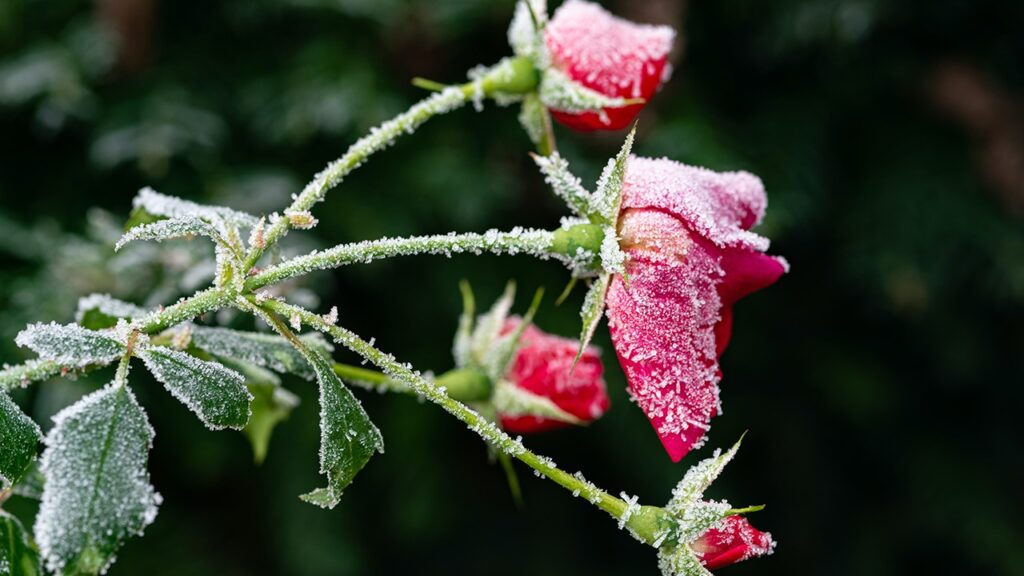
In many of the milder regions of the country, “the weather outside is frightful.”
by John Bagnasco
Much of California has experienced abnormally cold weather, with more to come. Some gardeners might not even realize that they have had damage from recent cold, since frost damage may not appear immediately. Browned leaves and dieback can appear days or even weeks later.
It is not just how low temperatures dropped that cause frost damage, but how long those cold periods last. Most plants can withstand a few minutes of freezing temperatures, but not a few hours. Cold temperature can kill bark, buds, flowers, and new shoots. Cold injury is most likely to occur during late winter and early spring and when temperatures decline rapidly after warm weather.
Cold damage causes buds, flowers, and shoots to curl, turn brown or black, and die. Plants can look like they are burned, because freezing weather severely dehydrates plant tissue. The bark and wood can crack or split, and whole branches or entire plants may be killed if temperatures are below those tolerated by the plant.
When frost is expected, cover sensitive plants overnight with cloth or similar material other than plastic to reduce heat loss to the atmosphere, but leave covers open at their bottom so heat from soil can help warm plants. Remove the covers during the day. In the case of a hard freeze, covering plants provides little help unless a heat source is provided. Placing incandescent lights designed for outdoor use in the canopy may generate enough heat to prevent plants from freezing if plants are also covered.
Do not prune freeze-damaged plants until you are certain what parts are dead, by waiting until after new growth begins. Frozen parts of the plant may possibly protect the plant from further damage.
